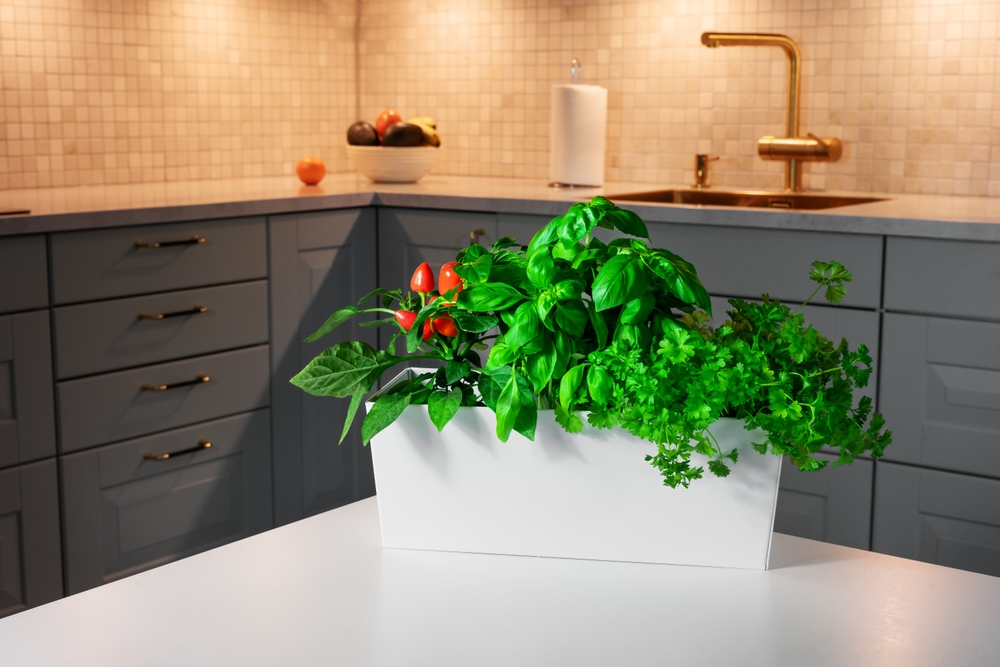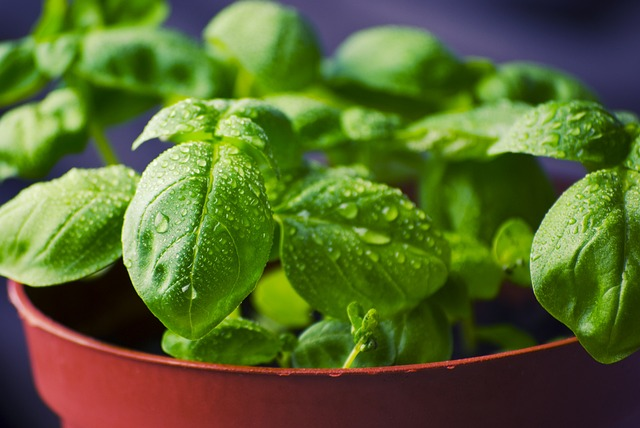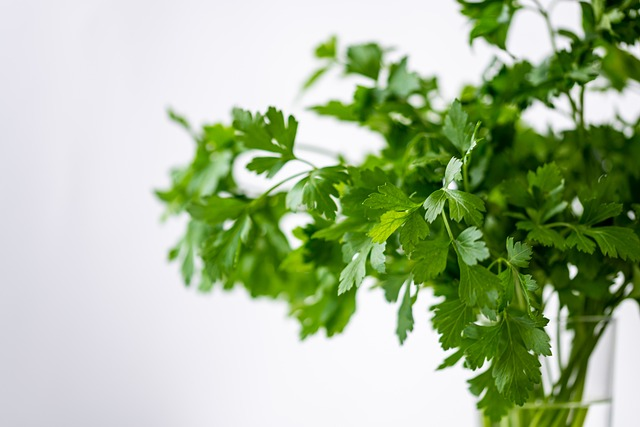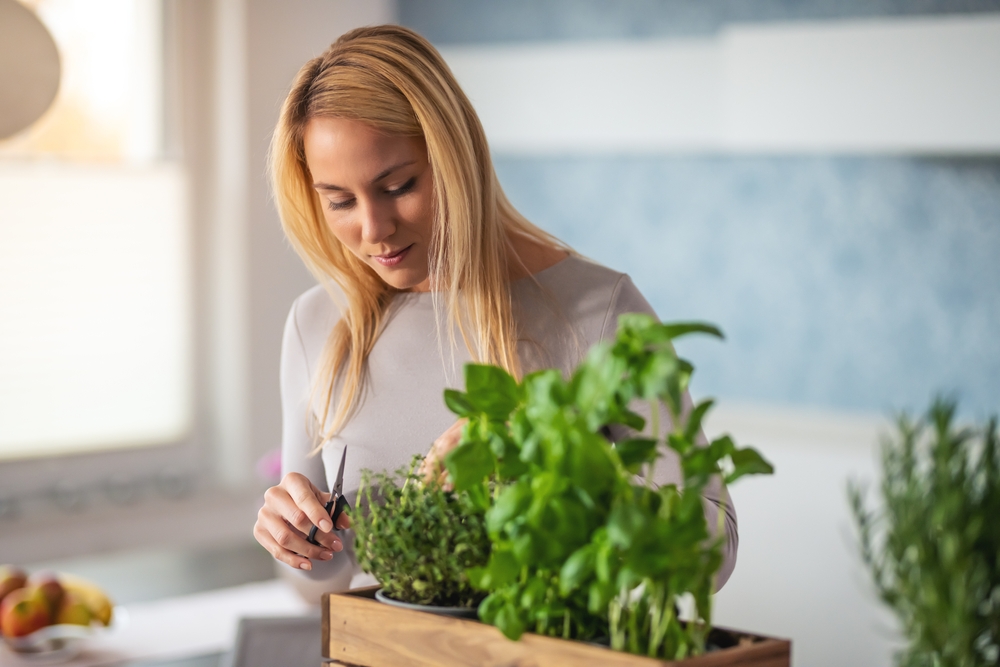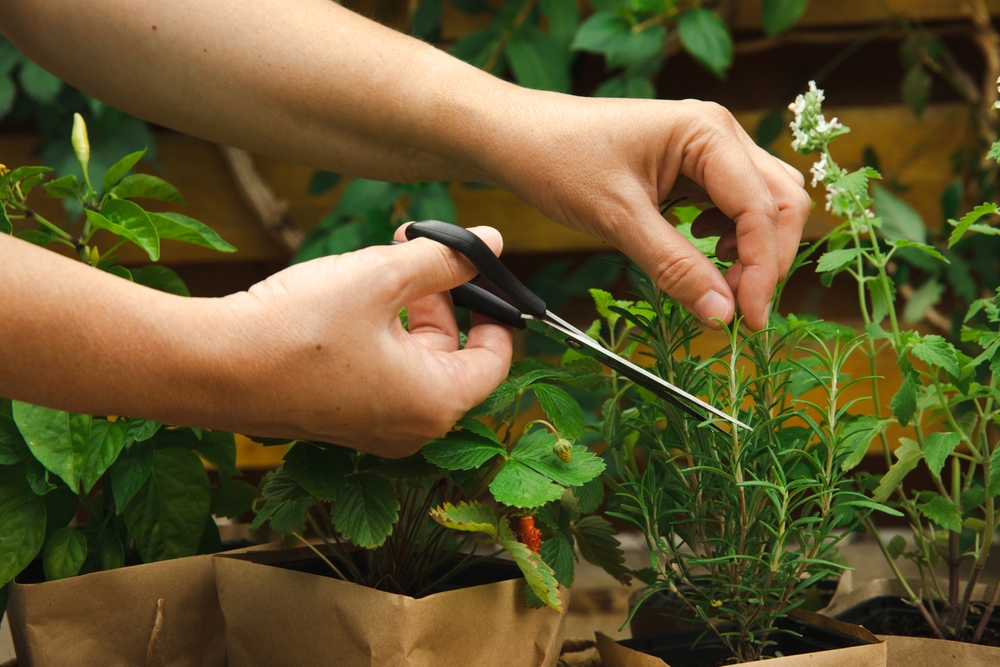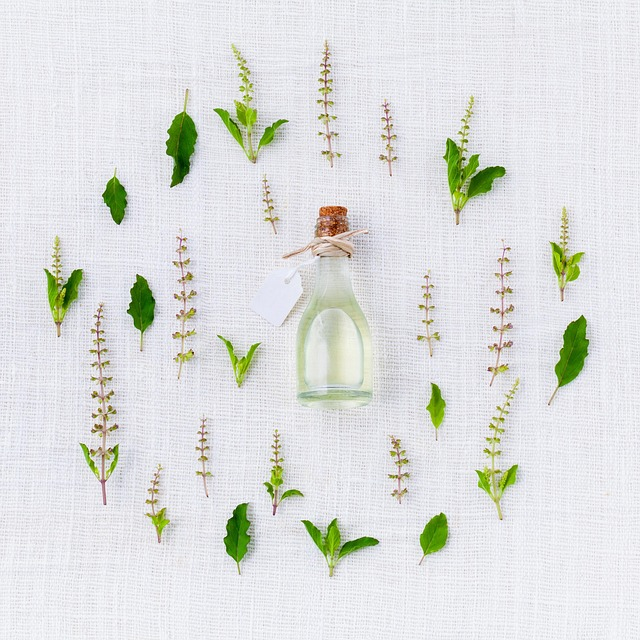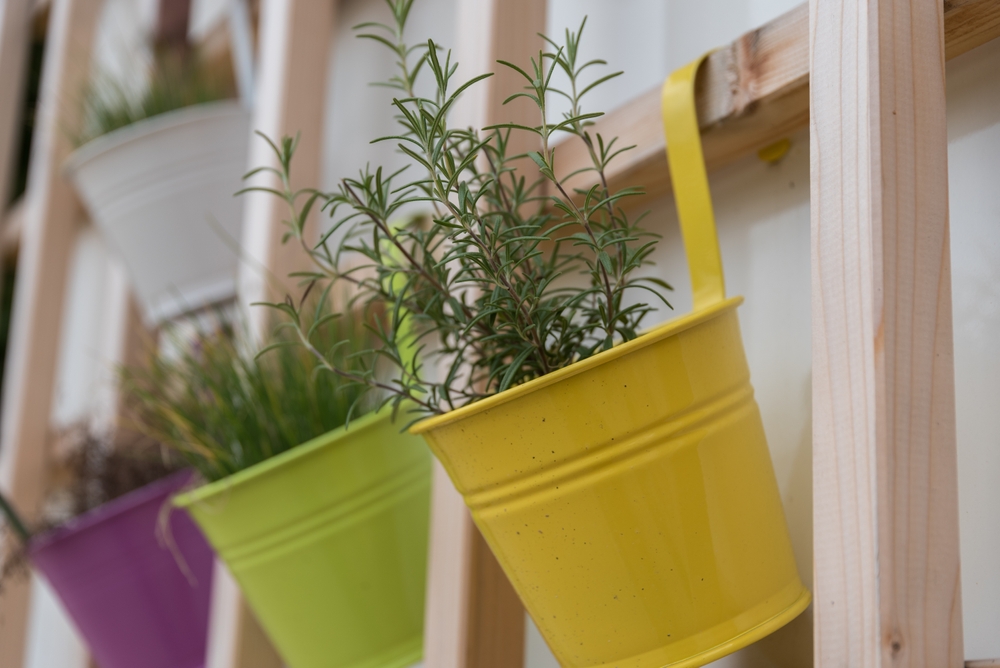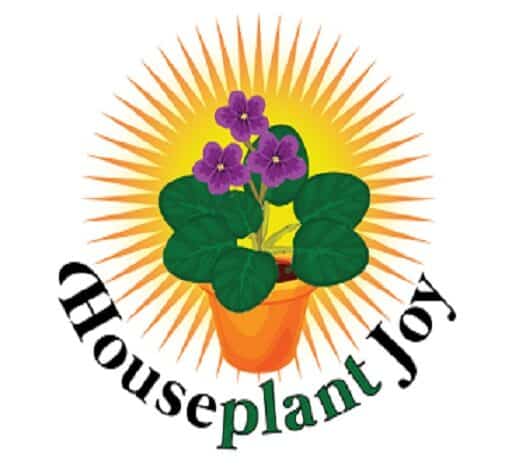HousePlantJoy is supported by our audience. When you purchase through one of our links, we may earn a small affiliate commission. As an Amazon Associate I earn from qualifying purchases. Your cost is not affected.
==================
Looking to add a bit of greenery to your home but not sure where to start? An indoor herb garden is a great way to get started with plants! Not only do herbs offer a host of benefits for your health, but they’re also relatively easy to care for. In this blog post, we’ll give you some tips on how to get started with an indoor herb garden.
Learn How to Plant an Indoor Kitchen Herb Garden
– Tips For The Perfect Kitchen Herb Garden
Pick the Right Plants
Creating an indoor herb garden is a great way to grow fresh, fragrant herbs all year long! There are many advantages to growing herbs in pots – you get to choose which herbs to cultivate and their environment, so you can guarantee success. Popular options include basil, oregano, rosemary, and other favorites.
When selecting herb plants for your indoor herbal garden, it is important to consider factors such as how much light they need, how large they will grow, and the possibility of harvesting them multiple times throughout the year – but primarily focus on herbs that you personally enjoy using! Growing herbs indoors brings a space to life with unique flavors and aromas.
Stop overbuying fresh herbs only to watch them spoil in the fridge.
Instead, get an indoor herb planter and grow your own basil, parsley, and oregano. When you grow herbs indoors, they are always within easy reach. With just a few pots and herbs and a few minutes each week, you will enjoy the freshest herbal flavors possible!
First Favorite Herbs to Grow Indoors
Deciding to plant herbs leads to the question of which herbs to grow. Most herbs grow well in a good potting mix in pots with good drainage. Alternatively, some people grow them hydroponically.
Some easy favorites of indoor herb gardens include common thyme, basil, mint, and parsley. These usually grow well in small spaces or in larger pots. They expand to fill the available space.
But if your favorite herb is a special basil or thyme, planting and caring for it might provide your best experience. And there are different plants that some prefer for indoor growing. A friend of mine grows Italian herbs, including marjoram and oregano. For him, planting herbs that he uses each day makes sense.
Check out this article for a few more ideas of easy herbs to grow indoors.
Proper Pots and containers for indoor herb gardens
If you’re ready to grow some herbs, you’ll first want your herb pots or a starter kit. To ensure the health of your indoor herb garden, ensure the containers or pots you use have good drainage holes. Most plants won’t thrive with soggy roots.
Kits usually contain some pots or containers for your plants, with drainage holes. Depending on the herbs you grow, any regular pot or container with drainage will work (though it’s best if they are 10-12 inches, so your plants have plenty of space to grow).
If you decide to go with a self-watering type of planter or window sill grower, be sure it has adequate drainage holes. Either fill it with premade potting mix or combine peat moss, vermiculite, and perlite in a 1:1:1 ratio. Once your containers are ready, place some seedpods from your favorite herb. Then water them lightly, so the soil is moist but not wet.
Want to get a little more creative? You might consider building a raised herb garden planter outdoors or on your sunny porch!
Basil Herb Plant
Choose the Sunniest Spot
If you’re interested in starting an Indoor Herb Garden, first locate the right spot. Pick a window that allows your plants to receive natural sunlight so they can thrive. Indirect and/or scattered light can help some types of plants, but very few will grow without enough sunlight.
Look for a sunny windowsill in your house that receives ample light; six to eight hours of direct sun or at least 10-12 hours of bright, indirect light should be enough for the majority of indoor plants. With the right location and natural sunlight, your Indoor Herb Garden will thrive.
Why do plants need 6-8 hours of sunlight each day? Plants rely on the sun’s energy to produce the nutrients they need. (news.mit.edu)
What if I don’t have the right sunny spot for my favorite herbs?
No worries! Even dark rooms can become home garden centers with today’s grow lights. These LED light setups provide the equivalent of direct sunlight. And you can easily regulate the time and amount of light with added features.
Herbs grown indoors using these systems produce just as well as those in a sunny window. In fact, it’s possible to improve performance since you can regulate the time and ensure each plant gets enough light.
Some of these systems include a self-watering system. With these, you need not worry when you need to be away for a day or two. You will return to find each herb in the pots continues to flourish.
Indoor Herb Garden Tips
For best success, we recommend you start small, perhaps with your favorite 5 or 6 potted herbs. As you develop your skills as a green thumb, add extra varieties to your herb garden. Once you begin using your fresh herbs, you might find your homemade foods take on extra flavor!
If you find your indoor herb garden begins to produce more than you need, consider sharing some with family and friends. They may find that keeping different herbs and growing indoors works well for them, too!
Tend Your Garden
What does it take to keep any of these herb gardens growing herbs year-round? It’s honestly quite simple. Like most houseplants, they need adequate sunlight, watering when they begin to dry, and occasional fertilizer application. That’s as simple as growing herbs indoors. And most herbs continue producing new growth throughout the year for many years.
separate pots within a window box
Grow Each Herb in a Separate Pot
Some people wonder if they can plant several different herbs in a window planter. I don’t recommend mixing them together like that.
First, some plants, such as mint, may take over your windowsill indoor garden. Mint is considered invasive in that it just pushes other plants out of its way as it grows.
Also, many herbs take on the flavors of others as they grow together. So, though it’s tempting when growing herbs indoors to plant all together, it is not advised.
Repotting Herbs
If your herb plants seem to be less healthy after a time, consider repotting them. Even herb pots can get a build-up of fertilizer salts or tangled roots. We check ours once or twice a year and repot those that seem to need new herb pots.
Harvest as Needed
When do you harvest your herb plants? Whenever you need! That’s right; your herbs grow right in your home. When you need a few basil leaves, simply snip them off.
Sometimes a plant grows faster than we can use them. No worries. You have several options.
- snip off a few and dry them for use later (some can be frozen, too)
- trim them back and share with family and friends, either as herbs to use or cuttings
- snip off cuttings to root and grow more plants – you might even sell some extras when rooted!
Indoor Herb Garden Ideas That Don’t Need a Windowsill
- Hanging pots offer a great use as herb pots. Consider keeping one or at most two varieties in each hanging pot when used as an herb planter.
- Your Kitchen counters might have a corner or area near the mostly unused area of the sink. Utilize this area as a garden grow zone, and enjoy having your herbs within easy reach as you cook. Consider a hanging shelf over your sink if you don’t have room on the kitchen counter!
- A plant stand can be kept in any room, and many have room for several pots. Since these often take advantage of vertical space, Your indoor garden might expand even more. Of course, this type doesn’t usually allow for a self-watering system, but it becomes easier when you use a drip tray or pots with an included dish.
- A hydroponic system for an indoor garden can be as simple as a fish aquarium. The plants live with their roots in the aerated water. If you keep fish in the tank, they even help feed the plants, and the plants help clean. This is known as aquaponics! As a bonus, many of these systems have a grow light built in.
Feed Your Herbs With A Seaweed Or Fish Based Fertilizer
I mentioned fertilizer before and you might be wondering what we use. My favorite is to use an organic seaweed fertilizer. They seem to keep our plants ultra-healthy!
Provide Good Air Circulation
Good air circulation is essential for any garden system, whether soil-based, self-watering, hydroponic, or aquaponic. Hydroponic and aquaponic usually have water circulation which includes adding air. But in all garden types, the greenery above the roots also needs air. Remember, your plants, whether thyme, parsley, or another herb, will use carbon dioxide and emit oxygen. That’s another way our plants provide health benefits to us.
Ready to plant one or more indoor herb gardens?
Yes, once you set up your indoor herbs in one area, you might decide to add another! Not only are these useful for our air and culinary options, but each herb planter provides beautiful greenery. Many also produce a delightful aroma!
You might also like these articles

